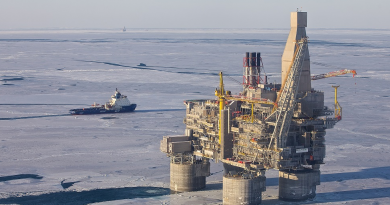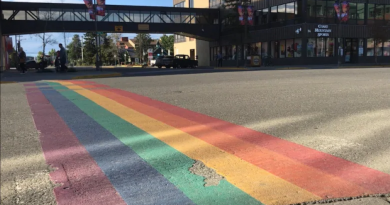Norway truth commission details country’s dark history of assimilation
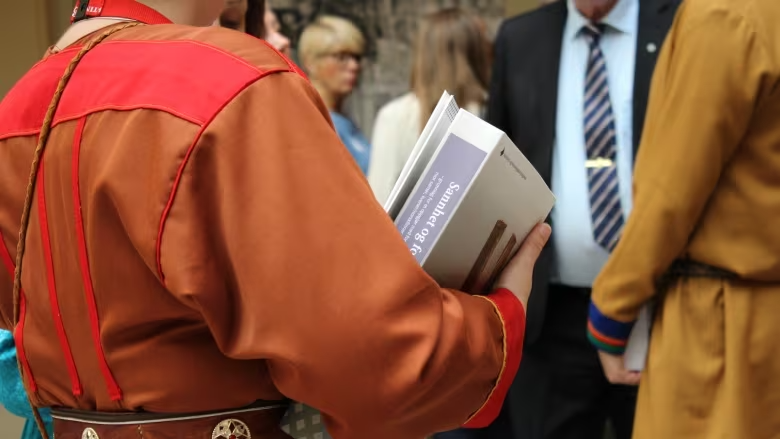
In an ornate assembly hall of the Storting, Norway’s parliament, Dagfinn Hoybraten, chair of the country’s Truth and Reconciliation Commission, presented his work of the last five years.
“The truth is, Norway does not have a history to be proud of when it comes to the treatment of its minorities,” he said Thursday.
Before national media and dignitaries from Norway’s minority groups, Hoybraten formally tabled the commission’s final report, detailing the impacts of a “comprehensive assimilation policy” — known as Norwegianization — which pursued “the fastest possible linguistic and cultural assimilation” of Indigenous and Finnish-descended minorities over more than a century.
“This dark side of Norwegian history has continued to cast shadows into our own time,” Hoybraten said. “It is now time for a settlement regarding the nation’s injustice.”
Norway’s commission took direct inspiration from Canada’s process, with members visiting the National Centre for Truth and Reconciliation in Winnipeg to study how the commission operated.
The Norwegian commission’s work has not been without controversy. Before the publication of the final report, several groups expressed concerns that the commission was too secretive about its work, and feared its recommendations would lack real teeth.
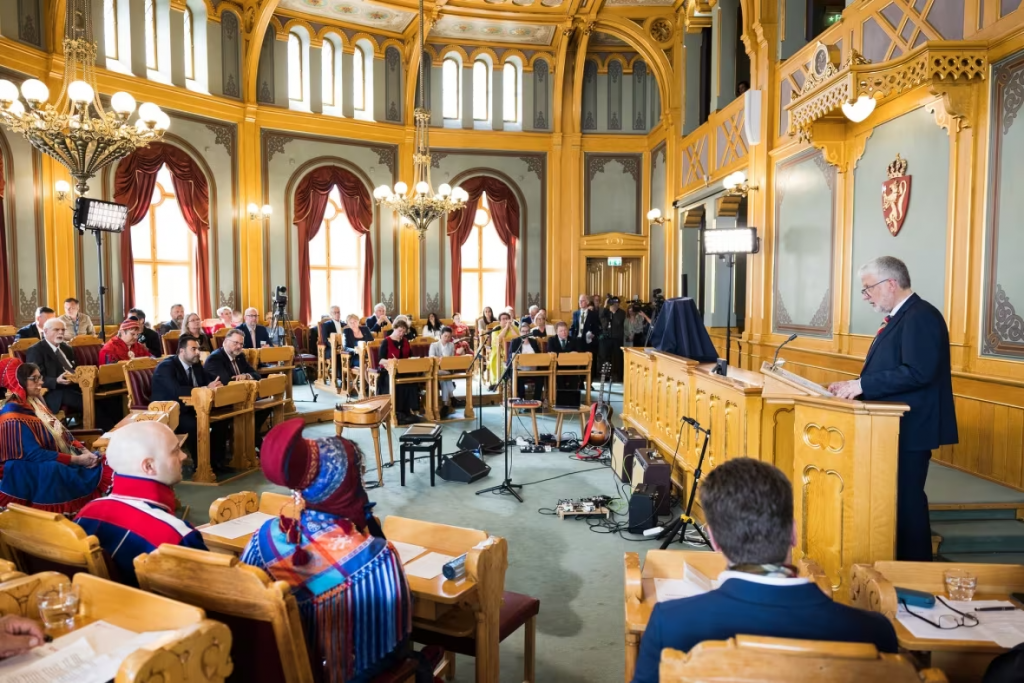
Yet community leaders present at Thursday’s ceremony generally voiced cautious optimism about the 700-page final report. “I’m very excited,” said Kai Petter Johansen, leader of the Norwegian Kven Association, a linguistic minority group.
“I think that it is promising,” said Runar Myrnes Balto, a member of the governing council of Norway’s Samediggi or Sami Parliament. “I think it’s important now that the parliament, quickly, invites us to a meeting, to talk about the best possible way to take the next steps.”
Inspired by Canada’s TRC
Launched in 2018, the commission is one of several underway across the Nordic countries, all of which are home to Indigenous Sami people.
The Sami are Europe’s only recognized Indigenous group, occupying a broad swathe of Arctic territory spanning from Norway to Russia. Norway is home to their largest community, comprising around 65,000 people.
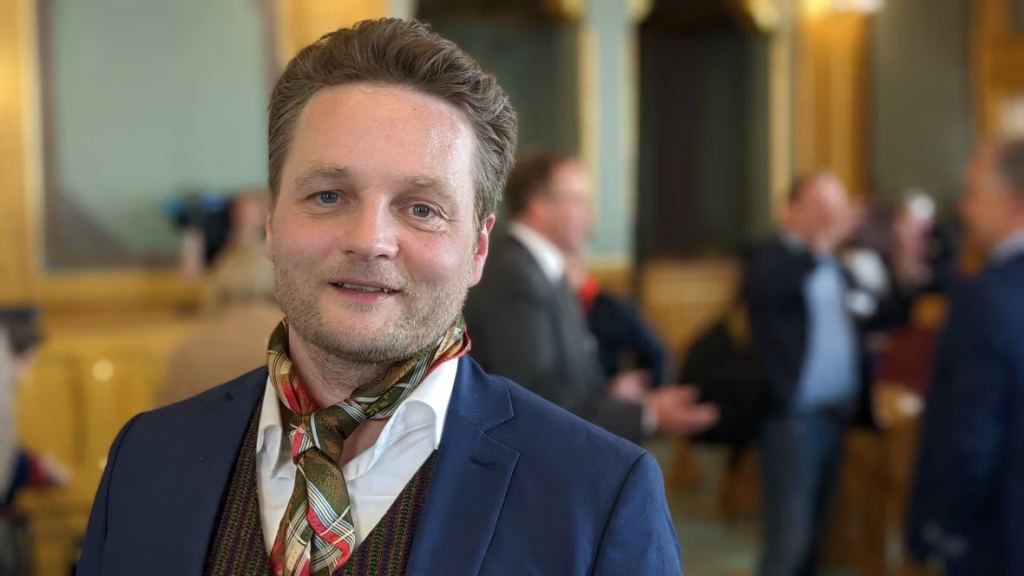
Early on, Norway’s commission courted controversy by adopting a mandate that did not focus solely on Indigenous issues, instead studying the impacts of Norwegianization on all of the country’s linguistic minorities.
That includes the Sami alongside the Kven, Skog Finnish and Forest Finns, groups of Finnish origin who settled territory across northern and central Norway while retaining distinct languages and cultural practices.
“I think that was a failure from the very start,” said Aslat Holmberg, president of the Saami Council, a transnational council that represents Sami in all the Nordic countries. “Of course, they have also experienced this Norwegianization. But at the same time, they are also settlers.”
The report acknowledges that Kven were among the earliest colonizers of the north, asserting themselves in northern Norway as early as the 1700s with the explicit support of the Norwegian Crown.
But it concludes that Kven, Finns and Sami alike were harmed by the Norwegianization process.
History of assimilation
The report found a long history of dispossession and assimilation of minorities in Norway’s northernmost territories.
For hundreds of years, church and state alike “demonized traditional Sami worship” confiscating shaman drums, destroying sacrificial sites, and accusing dozens of Sami of witchcraft in trials throughout the 1600s.
By the 19th century, this abuse was supplemented by “scientific racism” — which measured Sami and Kven skulls in degrading experiments and exhumed traditional burial sites.
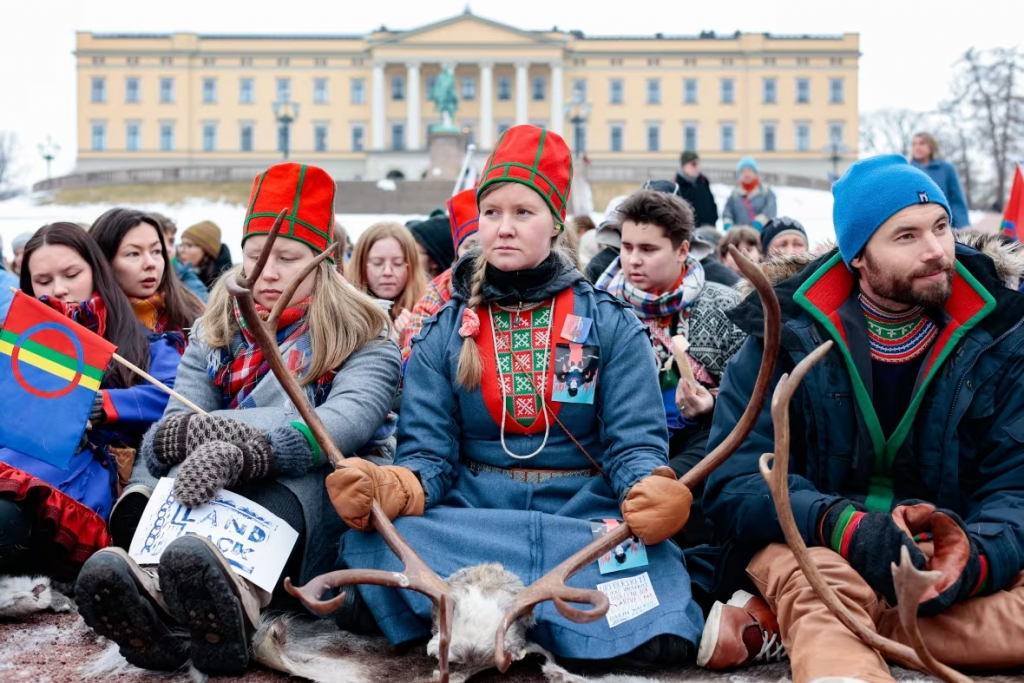
As the Norwegian state expanded through the centuries, Indigenous land management systems were disrupted by settlement and industry. Finnish-speaking minorities were often treated with suspicion during periods of war with Finland and Russia.
This accelerated with the adoption of an official policy of Norwegianization in the mid-19th century.
In state-run boarding schools, minority languages were forbidden, leading to their steep decline. Repeatedly, entire villages were forcibly relocated, with devastating results for culture.
Norwegianization was officially abandoned after decades of activism in the 1960s. But the report found that “the Norwegianisation process did not stop.”
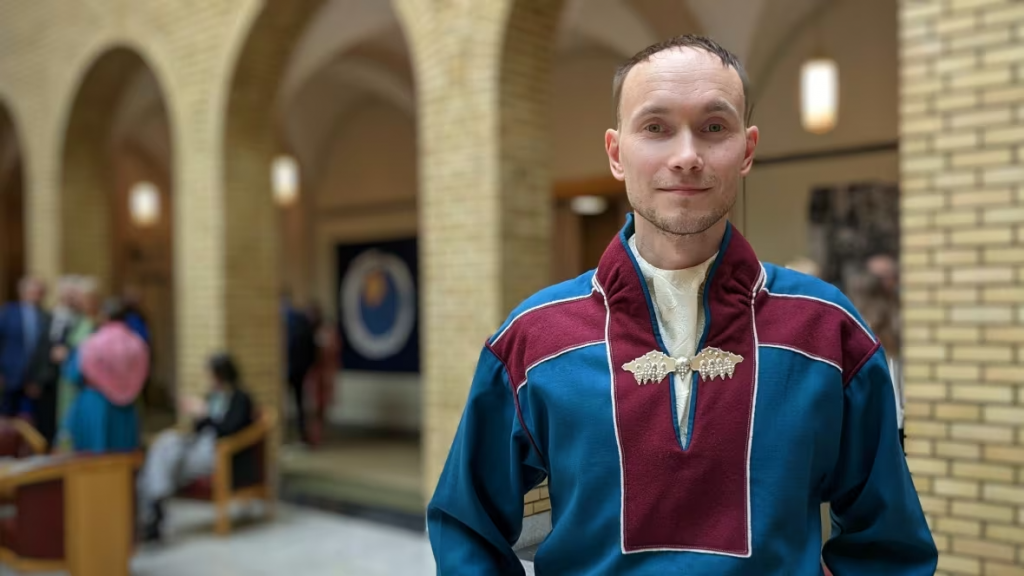
Though minority language education is now enshrined as a right by law, it is still difficult to find schools that offer it. Sami communities are also increasingly subject to pressure from “a growing Norwegian population” in their regions, the report found, which limits their powers for self-determination and puts pressure on traditional industries like reindeer herding.
The report concludes that “a strong, unified knowledge platform” about minorities’ history in Norway will be necessary if reconciliation is to proceed.
It calls for “comprehensive and national” investments in language education, measures to counter hate speech, and periodic reviews to keep Norway accountable for past promises to minority groups.
Ongoing protests
The report arrives amid one of the most high-profile conflicts between Sami people and the state in decades.
On Saturday, Sami activists will gather outside the parliament to protest 600 days since a Supreme Court ruling found that a wind farm on traditional Sami herding grounds was illegally approved and constructed in violation of Sami human rights.
Though the government has apologized for the project’s “substantive negative impact” on Sami culture, it has not moved to dismantle the farm, which produces more than a fifth of the country’s wind power.
Yet from the outset, the commission was never empowered to enter into questions of state compensation or open matters of legal dispute like Fosen.
Unlike Canada’s commission, which was ordered by the Supreme Court and had legal force behind its recommendations, Norway’s commission is only a parliamentary inquiry — its recommendations still must be formally accepted by the Norwegian government.
‘If it is only listening, it is not enough’
Initiative now moves to the Norwegian parliament, which will be called upon to review and dissect the report and its recommendations over the coming weeks. The commission itself is disbanding.
Though Norway’s is the first state commission to deliver its results, similar initiatives are underway in Sweden and Finland, which are home to another 35,000 Sami.
Those processes have been marred by similar criticisms that they exist largely to burnish the reputation of a state still actively denying Sami rights. Last year, Finland’s chair resigned over concerns their commission was being denied the resources necessary to carry out its work.
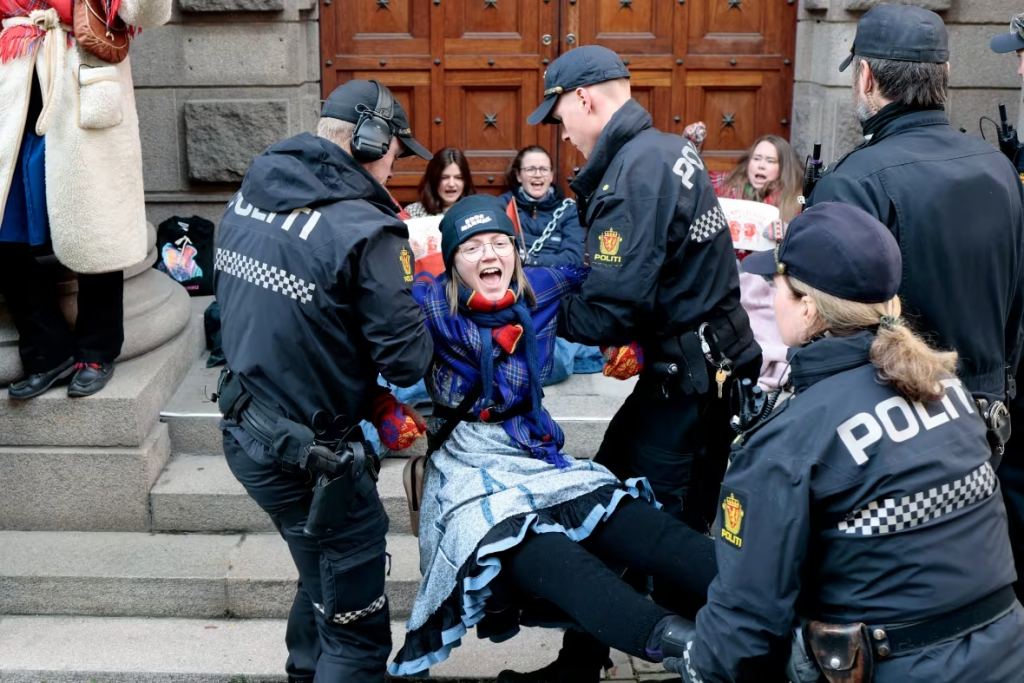
Helga West, a Sami researcher from Finland who studies reconciliation, said that the truth commission model may be proving to be ill-suited to the Nordic setting.
Unlike in Canada, where a public record of past abuses was lacking before truth commissions completed their work, Nordic countries already “have so much research and data about how the Sami assimilation was conducted,” West said.
“It’s not enough to find out the truths,” she added. “The Sami are very aware of what has happened in their own communities.”
“If it is only listening, it is not enough.”
Related stories from around the North:
Canada: “We still have a lot of healing to do with our fellow Canadians” – National Day for Truth and Reconciliation observed September 30, Eye on the Arctic
Finland: Truth and Reconciliation Commission should continue says Sami Parliament in Finland, Eye on the Arctic
Greenland: Danish PM apologizes to Greenlanders taken to Denmark as children in 1950s, Eye on the Arctic
Norway: Sami-led project seeks to revitalize Indigenous education across Arctic Europe, Eye on the Arctic
Sweden: Sami in Sweden start work on structure of Truth and Reconciliation Commission, Eye on the Arctic
United States: Alaska’s Murkowski among senators pushing for Indian boarding school commission, Eye on the Arctic

